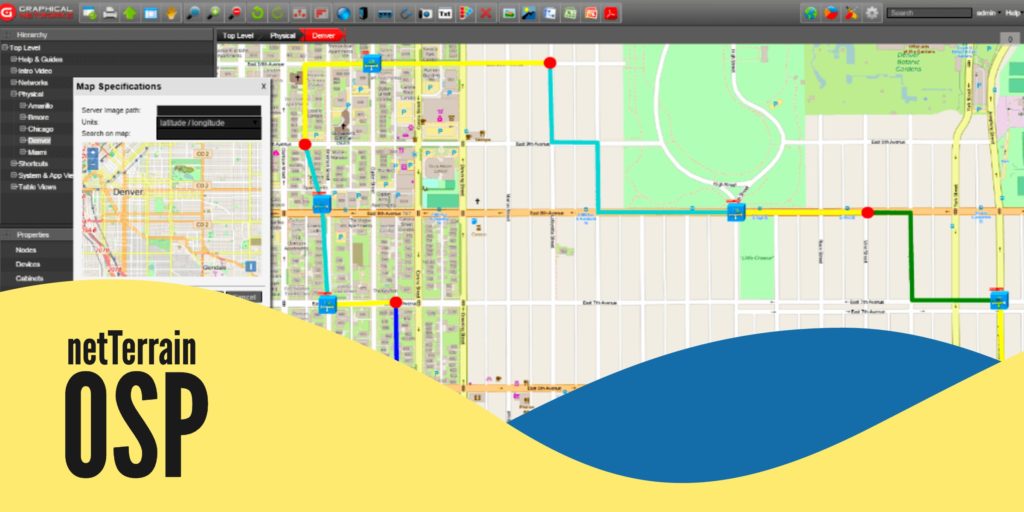

In the world of outside plant management, you get used to seeing different headlines related to the industry. Exciting ones such as, “TIA updating outside-plant, residential cabling standards”, if you catch my drift. So, when this gem of a story crossed my desk, “Miscommunication: 68 foot cell phone tower reported missing wasn’t stolen after all”, I just knew I’d have to write about it further.
In this story, a cellphone tower that’s the height of a 6 story building went missing and the Royal Canadian Mounted Police were enlisted to capture it . The police issued a classic last seen statement, stating that this behemoth of a tower was actually disassembled and then loaded onto a trailer attached to red Dodge truck, and was last seen headed east on Provincial Trunk Highway 60 Monday afternoon. Now, we’ve all heard about jewel thieves…but cell tower thieves? Yeah, that’s a new one.
The thing is, it’s not exactly a new one. If you follow these things, you may recall this one from not so long ago, back in 2007: the US Veterans Affairs office made headlines for reporting a whopping $13.2 million in missing IT items or about 8,600 assets. Yikes. Across the sea and a bit more recently, the UK Ministry of Defence reported that 2,070 pieces of IT equipment had gone missing for the year 2011-2012. Again, yikes.

So, what’s happening here? Well, I know this isn’t exciting, but let’s assume that there’s not a new set of highly skilled thieves performing complicated IT equipment heists. Hmmm….could it be that there aren’t solid systems in place to monitor where, exactly, the equipment is?
That seems likely. You see, the cell phone tower was actually found, it turns out. According to police, it was never truly missing or taken. There had been a miscommunication, albeit a big one, between the tower’s former and new owners. The local papers published a story correcting this, and everything went back to normal.
That is, of course, until the next big asset goes “missing”. Mark my words: there will be more news stories like this. Why?
Up until recently, there hasn’t been any appropriate software to help organizations keep track of a diverse group of assets…and, if this news story doesn’t highlight it, I’ll spell it out: they really needed a software that could keep track of where IT assets are based on GPS coordinates and dynamic maps.
Sure, there are solutions out there that organizations could theoretically use to avoid misplacing towers and other smaller assets. For a company such as Verizon, a six or seven figure price tag may not scare you off and if that’s the case, you could spring for a tool that’s part of a larger provisioning OSS.
If you aren’t Verizon, you could have found a product that doesn’t cost an arm and a leg. What would that product look like? Outdated code, not web-based and certainly not enterprise-grade (limited reporting, security, auditing, etc).
So, our customers asked us for a solution that gets the job done, meets enterprise-grade standards, is fully modern and doesn’t break the bank – and we delivered with netTerrain OSP.

What is netTerrain OSP? It’s a GIS-enabled outside & inside plant solution all in one. netTerrain OSP has been in high demand since its release last year and you won’t catch our customers in news stories like the ones above anytime soon. Our solution is employed by a wide variety of organizations such as: cable providers, college campuses, municipalities and so on. We offer a variety of flexible licensing solutions to meet everyone’s unique needs.
Check out some netTerrain OSP highlights:
- Users can place, view and search with precision any any custom object they’d like, including: conduits, towers, manholes, fiber trunks, buffers, splices, and splitters.
- OSP has enabled GIS-enabled dynamic maps with 6 decimal precision for exact latitude and longitude positioning, 19 zoom levels and 4 different map layers.
- It’s easy to hierarchically map all OSP elements according to your own layers (such as strands in buffers in ducts in conduits, or connection points with splitters with manholes, etc)
- Users can manage towers, antennas, radio equipment, wireless connections and, really, any element that needs to be managed.
netTerrain OSP comes with the complete suite of netTerrain DCIM’s powerful functions as well, so for organizations that need to manage both inside and outside plant elements, it’s a win-win.
Conclusion? Next time an IT asset goes missing, before you pick up the phone and call the Royal Canadian Mounted Police to track it down, consider giving Graphical Networks a call instead.